What is a 2G 3G 4G Antenna Small Flexible PCB Antenna?
The 2G 3G 4G Antenna Small Flexible PCB Antenna CTRF-ANTENNA-FPC-7027-2908-IPEX antenna item is a small antenna with a flexible PCB designed antenna manufactured by C&T RF Antennas Inc for the 2G 3G 4G Cellular IoT applications.
The 2G/3G/4G Antenna Small Flexible PCB Antenna has a typical dBi gain of 1/3 dBi, a small FPCB size 29x8mm board, and an Ipex/u.FL connector, built-in antenna for Cellular-IoT network applications.
The 2G 3G 4G Antenna is Small Flexible PCB Antenna supplied by C&T RF Antennas Inc, the IoT antenna & M2M antenna internal & external manufacturer in China.
C&T RF Antennas Inc provides antenna types with Through-hole Mount Antennas, Magnetic Mount Antennas, Rubber Duck Antennas, Fiberglass Antennas, PCB Antennas, FPC Antennas, Spring Coil Antennas, Sector Antennas, Yagi antennas, etc.
C&T RF Antennas Inc provides the internal-external wireless antenna with many radio frequency bands such as Cellular, 6G, 5G, 4G, 3G, NB-IoT, GNSS, GPS, Dual-band Wifi, 5.8 GHz, 2.4 GHz, 169MHz, 230MHz, 315MHz, 433MHz, 868MHz, 915MHz LoRa, UWB, RFID, ADS-B, etc.
C&T RF Antennas Inc provides single-band, dual-band, and multi-band antennas such as 3in1 combination antennas 4G/GPS/Wifi antennas, 2in1 4G/GPS antennas, GSM/GPS antennas, 4G/Wifi antennas, GPS/Wifi antennas, etc. for Wi-Fi And Bluetooth, GPS And GNSS, LoRa And ISM, IoT, And M2M applications.
Contact the C&T RF sales team for more details on the 2G 3G 4G Antenna Small Flexible PCB Antennas such as the 2G 3G 4G Small Flexible PCB Antenna datasheet, 2G 3G 4G Small Flexible PCB Antenna pricing, 2G 3G 4G Small Flexible PCB Antenna inventory, or the other types of 2G 3G 4G antennas.
2G 3G 4G Antenna Small Flexible PCB Antenna Specifications
2G 3G 4G Antenna Small Flexible PCB Antenna Electrical Specifications | |
| RF Antenna Type | Embedded Flexible PCB Antenna |
| Model | CTRF-ANTENNA-FPC-7027-2908-IPEX |
| Frequency Range | 698-960 MHz; 1710-2700 MHz |
| Gain | 1/3dBi |
| Radiation Pattern | Omnidirectional |
| VSWR | ≤2.0 |
| Impedance | 50 Ω |
| Polarization | Vertical Polarization |
| Cable Type | RG1.13 |
| Cable Length | 100mm |
| Connector | U.FL/IPEX |
| Lightning Protection | DC-Ground |
2G 3G 4G Antenna Small Flexible PCB Antenna Mechanical Specifications | |
| Dimension | 29*8mm |
| Weight | Approx. 3g |
| Material | Flexible PCB/FPC |
| Operation Temperature | -40˚C ~ +85˚C |
| Storage Temperature | -40˚C ~ +80˚C |
| Color | Black |
| Antenna Design | Dipole Array |
| Connector Pull Test | >= 1 Kg |
| Safety Emission and other | RoHS Compliant |
| Applications | ISM/SCADA/Utilities, M2M/IoT/NB-IoT/LoRa, LTE-M/Cat-M, 2G/3G/4G/LTE/UMTS/GSM |
2G 3G 4G technology relationship
4G networks require fewer devices compared to 2G and 3G networks, where the wireless network controller (RNC) is integrated into the eNodeB in 4G.
The flat network architecture adopted in 4G simplifies the design of the network structure, resulting in fewer actual device requirements compared to the previous two generations, effectively reducing transmission delays between devices, improving system real-time, and making device maintenance easier.
The cost of network deployment can be reduced as much as possible due to the reduction of equipment required for 4G networks.
Since CDMA2000 and W-CDMA are incompatible among the three network standards in 3G networks, interoperability between the two networks cannot be achieved.
Although there are two standards in the 4G network, TD-LTE, and LTE-FDD, 90% of them are similar to each other, and the interfaces between the two networks are standardized open interfaces, which can achieve interoperability without equipment manufacturers, and system maintenance, management, and configuration will be as easy as possible.
In addition, 4G places better demands on system capacity, performance metrics, and transmission latency, and redesigns related aspects to improve the overall system performance.
Moreover, as a long-term evolutionary system, the 4G network is constantly optimized and updated to provide more and better application scenarios, such as the VoLTE function, which is currently being promoted.
There are major differences between 2G, 3G, and 4G networks, but there are certain links between the three.
There are many differences in the types of networks used by different operators. China Mobile uses its own technology for 3G network standards, while Unicom and Telecom use international common standards.
In terms of the evolutionary route, both have 2G departure up through 3G and then evolve to 4G networks.
The three can coexist on the network, and 4G can be backward compatible with 2G/3G networks, the most obvious example is that, due to the current limitations of cell phones and networks, most 4G networks used by cell phones can only be used for Internet access, and do not support call services.
When a call is received while the phone is surfing the Internet, the phone will have to fall back to the 3G or 2G network to make the call, and will not be able to surf the Internet during the call.
2G 3G 4G Antenna Small Flexible PCB Antenna Features
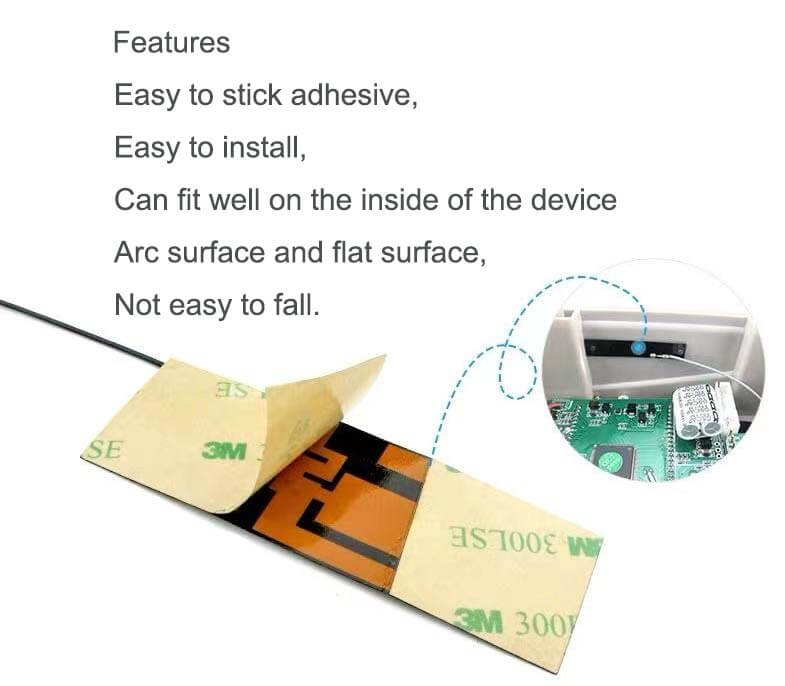
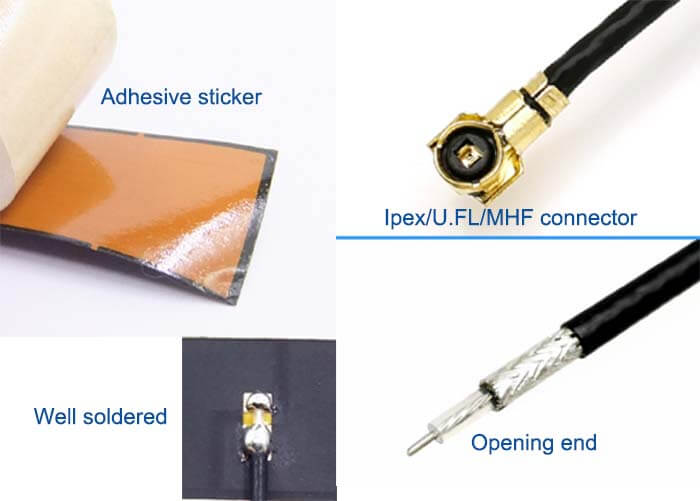
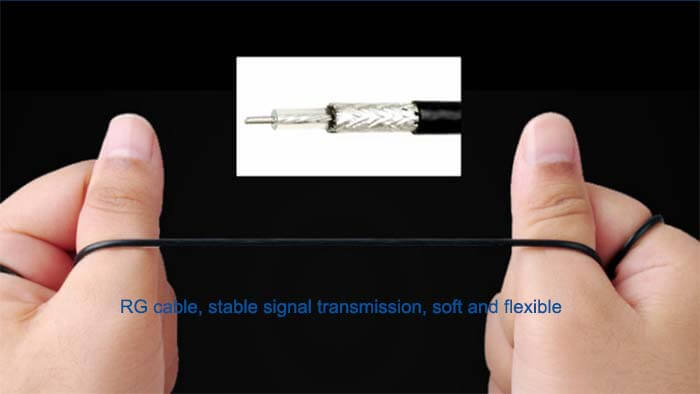
High-performance RF Antenna Applications


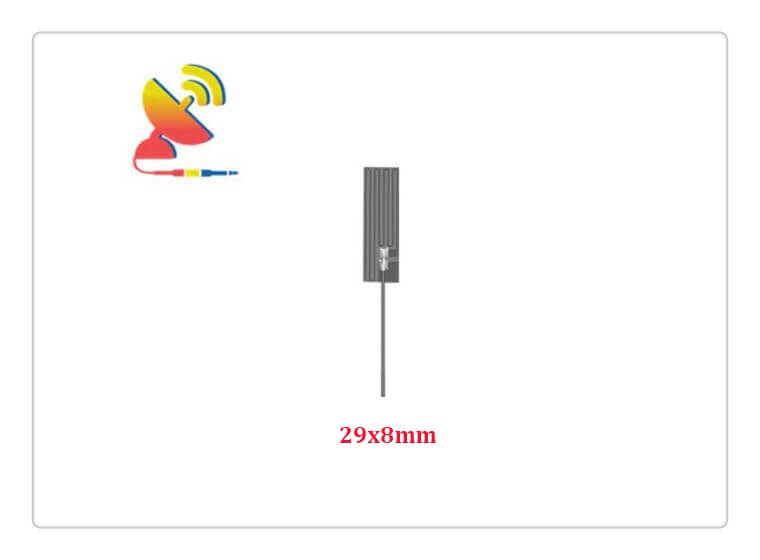
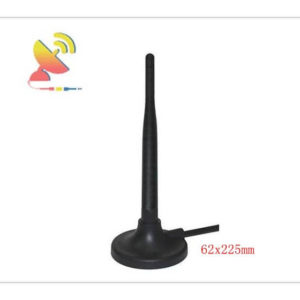
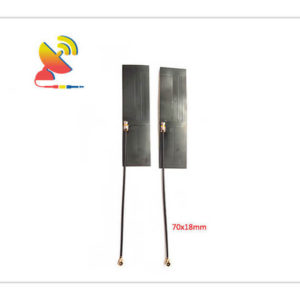
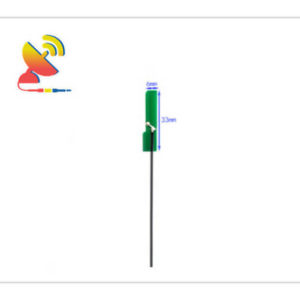
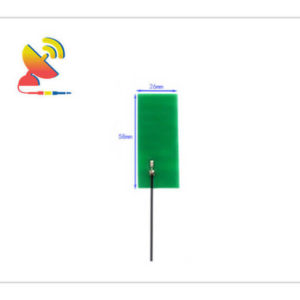
Reviews
There are no reviews yet.